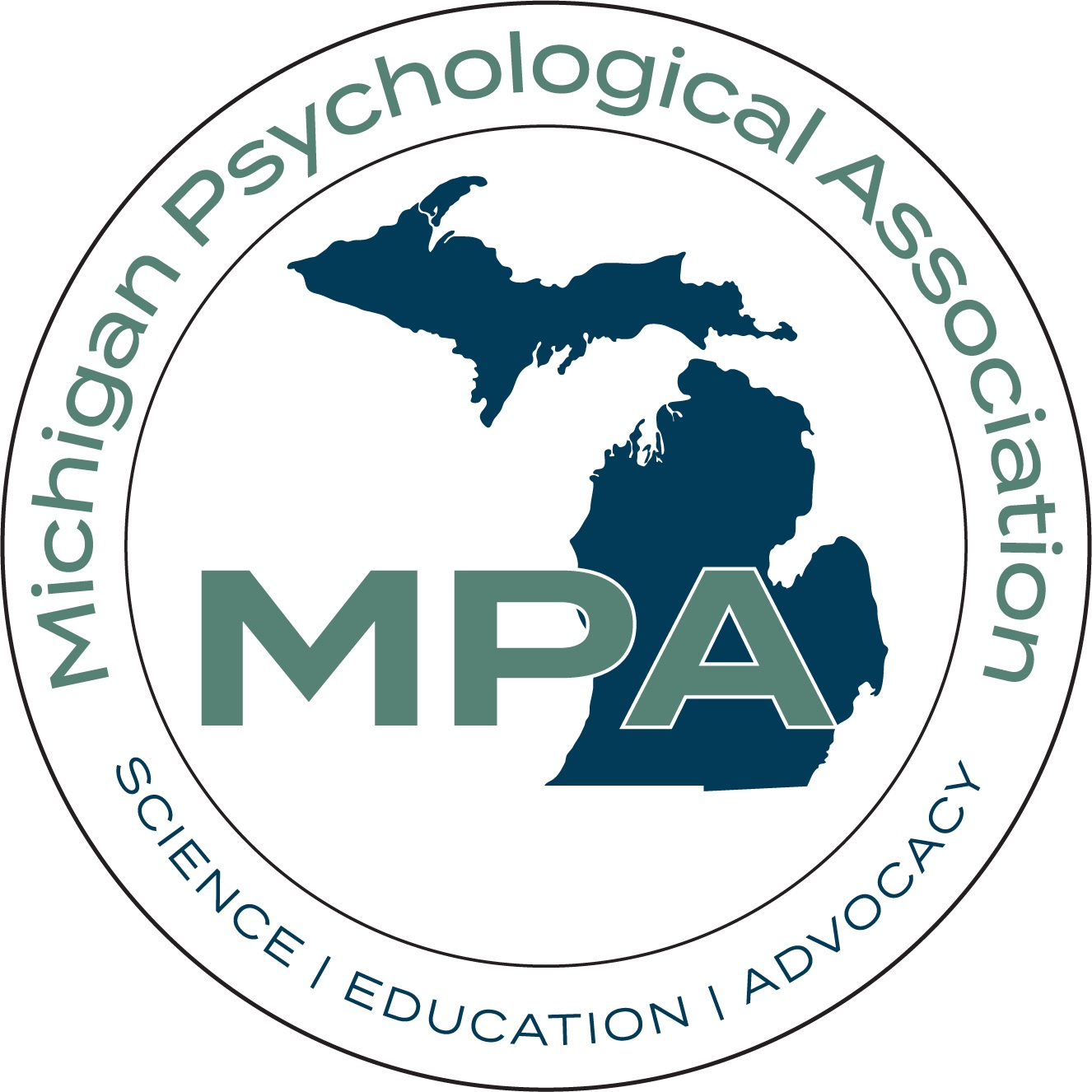If Red Flag Laws are Used, They May Help Prevent Gun Violence
What’s New in Psychology?
If Red Flag Laws are Used, They May Help Prevent Gun Violence
Jim Windell
Whenever there is another mass shooting, which is sometimes today or tomorrow, someone advocates for Red Flag laws.
So called “Red Flag” laws have become popular in recent years – often being proposed by politicians who are opposed to gun control legislation.
According to Amy Barnhorst, a psychiatrist at the University of California Davis Health and an expert on violence prevention, “Red flag laws are a tool law enforcement and others can use when somebody is clearly at high risk of doing something with a firearm, but they can't be arrested because no crime has been committed and they don't appear to need a mental health hold or qualify for one.”
In California, where Red Flag laws were passed seven years ago, these laws allow people to obtain gun violence restraining orders (GVROs). GVROs, says Dr. Barnhorst, who is vice chair of Community Mental Health and the director of the BulletPoints Project, which teaches clinicians how to prevent firearm violence, allows law enforcement to remove any firearms from the person at risk at that time. “If the judge determines that the person is at risk, the judge can continue the prohibition,” explains Barnhorst. “The guns will continue to be kept away for the duration of the order, which can be renewed after a year or longer in some cases.”
Barnhorst goes on to say that there is due process during all stages of the legal procedures. “People who have had their firearms removed can appear in court to give their side,” she says. “If the judge determines they are not a danger, the prohibition can be lifted, and the firearms returned.” She notes that GVROs are civil court actions – they don't involve the criminal courts, and they don't become part of a person's criminal record.
During the seven years Red Flag laws have been around in California, GVROs have been credited with deterring at least 58 potential mass shootings and other types of gun violence, including suicides. Currently, 19 states and the District of Columbia have Red Flag laws, also known as extreme risk protection order laws.
Dr. Barnhorst remembers the days before California’s Red Flag law. “When somebody was making threats about hurting people at their school or even threats of suicide, there wasn't much that could be done,” Barnhorst says. “Red Flag laws have changed that. With the law, there is something that can be done about people who are making threats or have concerning behaviors.”
Despite the potential to reduce mass shootings and suicides, the use of GVROs in California has been limited. One of the biggest barriers appears to be a lack of awareness. A recent survey found that nearly two-thirds of the respondents did not know about GVROs, although 70% said they would consider using one in a high-risk situation.
“The GVRO law empowers people to play a role in preventing firearm violence among friends, family members, co-workers and classmates by providing a tool to remove firearms from crisis situations,” says Veronica Pear, an assistant professor at the Violence Prevention Research Program at UC Davis. Pear studies violence prevention and has published numerous studies about the efficacy of Red Flag laws.
“However, the law can only save lives if it is used, and for that reason, education is key,” Pear adds.
Gun-related deaths, however, remain high in the U.S. The Gun Violence Archive, which tracks firearm violence in the U.S., reports 648 mass shootings, 20,176 homicides and 24,090 suicides in 2022. However, research has found that in about 80% of cases, people who commit mass shootings or suicide make their intentions known in advance to family members or friends or via social media.
Chicago is one of the nation’s gun violence hotspots and a seemingly ideal place to employ Illinois’ Red Flag law. But despite more than 8,500 shootings resulting in 1,800 deaths since 2020, the law was used there just four times.
This is a pattern that’s played out in New Mexico, with nearly 600 gun homicides during that period and a mere eight uses of its Red Flag law. And in Massachusetts, with nearly 300 shooting homicides, there were just 12 uses of its law.
An Associated Press analysis found many U.S. states barely use the Red Flag laws touted as the most powerful tool to stop gun violence before it happens, a trend blamed on a lack of awareness of the laws and resistance by some authorities to enforce them even as shootings and gun deaths soar.
AP found such laws in 19 states and the District of Columbia were used to remove firearms from people 15,049 times since 2020, fewer than 10 per 100,000 adult residents. Experts called that woefully low and not nearly enough to make a dent in gun violence, considering the millions of firearms in circulation and countless potential warning signs law enforcement officers encounter from gun owners every day.
Veronica Pear, however, reiterates that “The law can only save lives if it is used, and for that reason, education is key.”
To read the original article used for this blog, find it at:
What are ‘red flag’ laws and how can they prevent gun violence? UC Davis Health. Available at: https://www.newswise.com/politics/what-are-red-flag-laws-and-how-can-they-prevent-gun-violence/?article_id=785108




